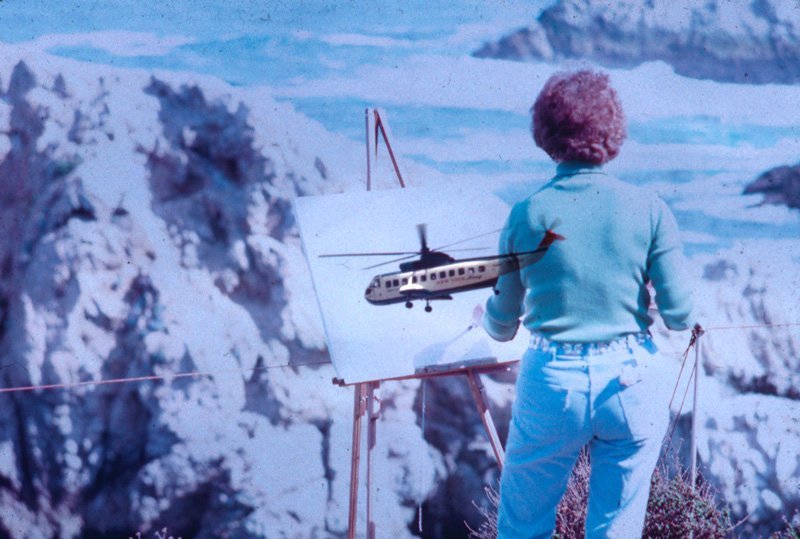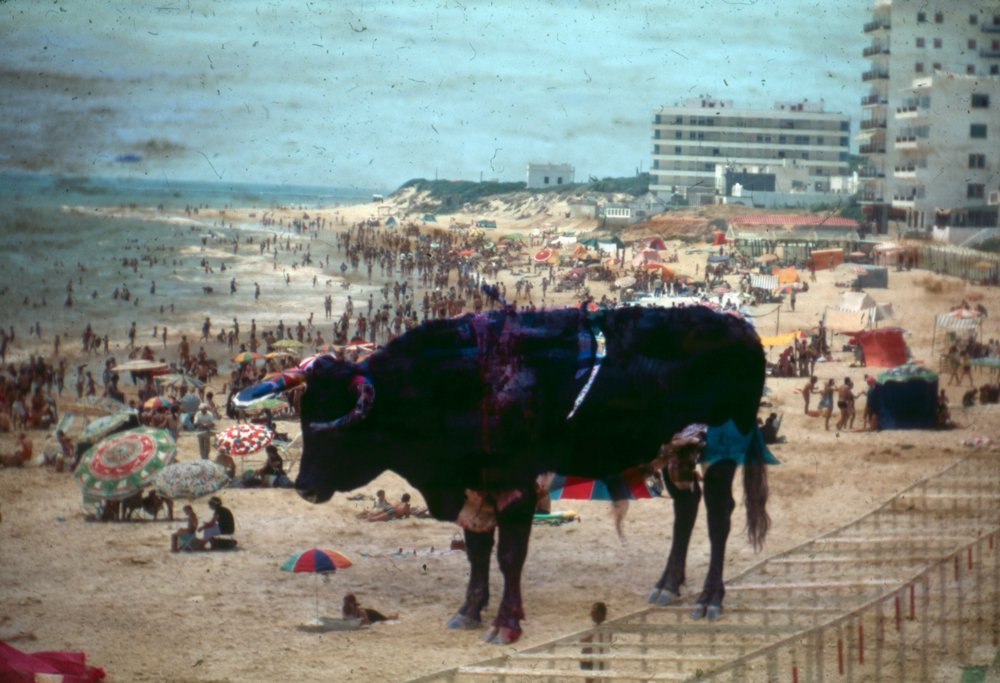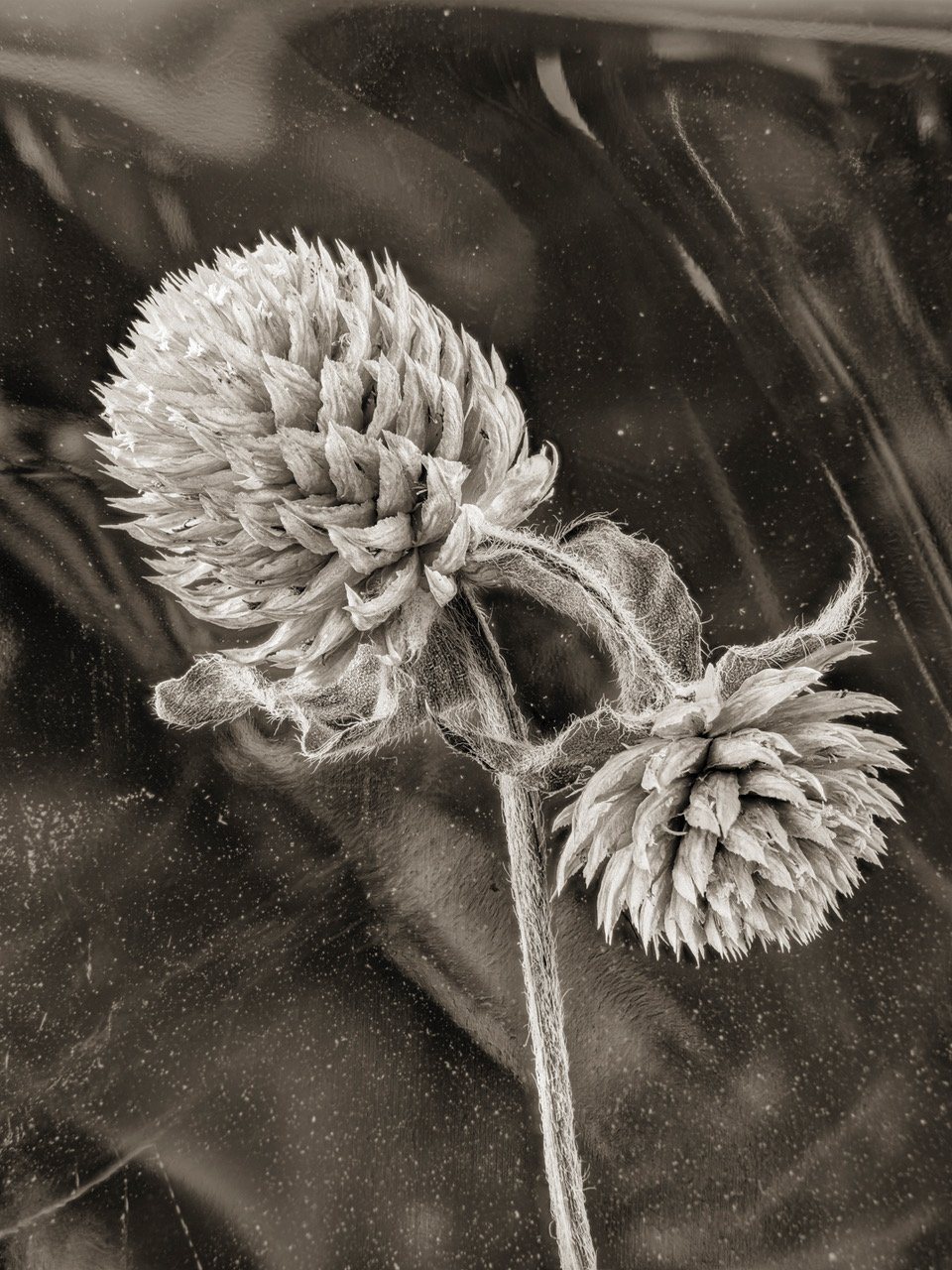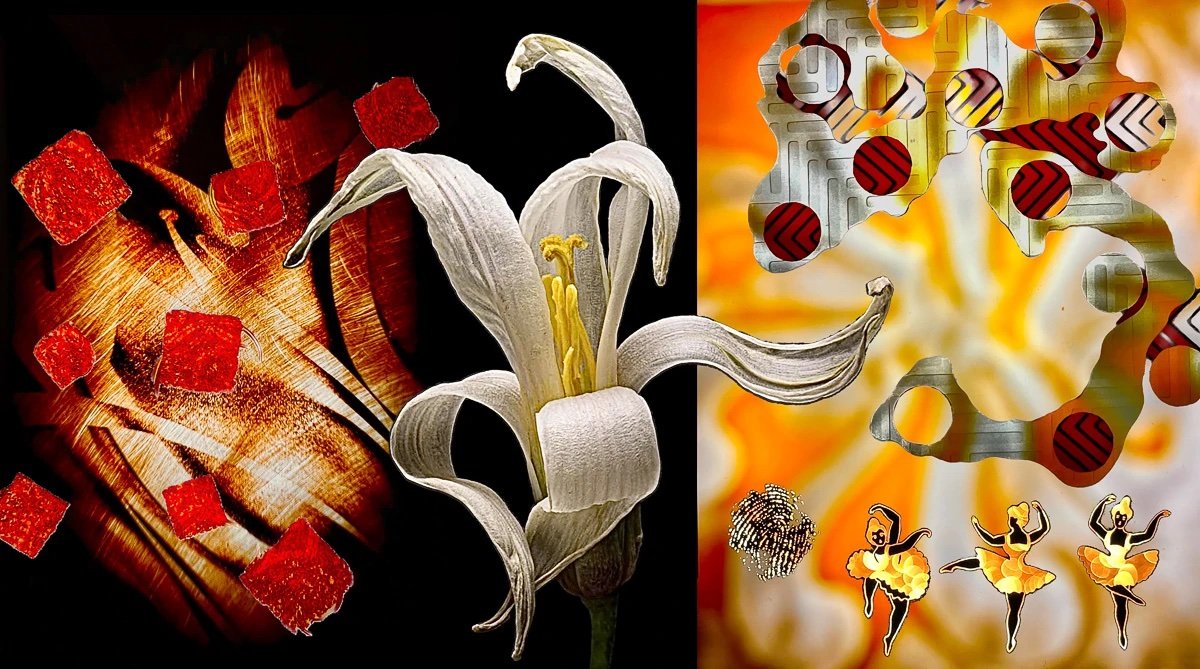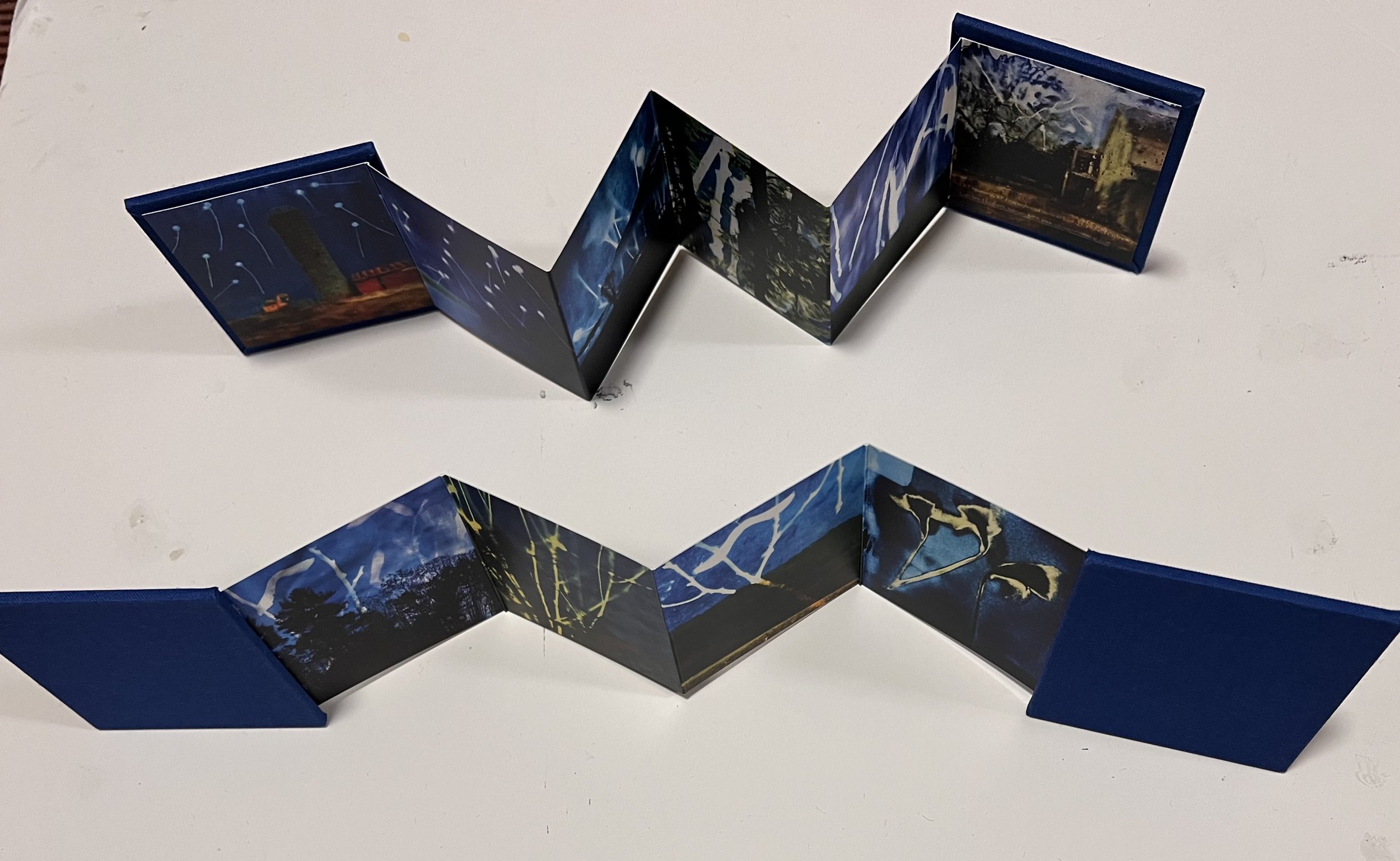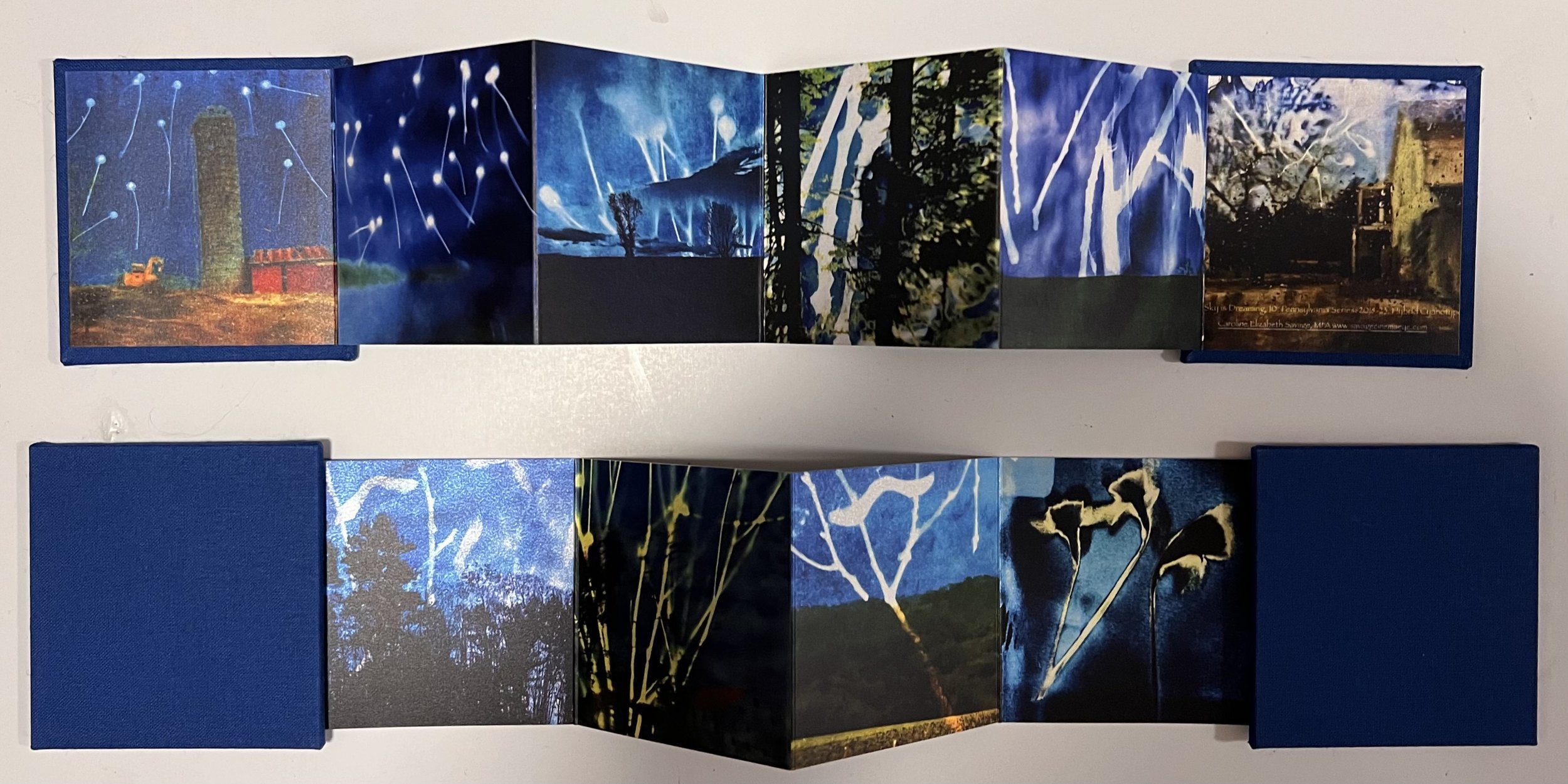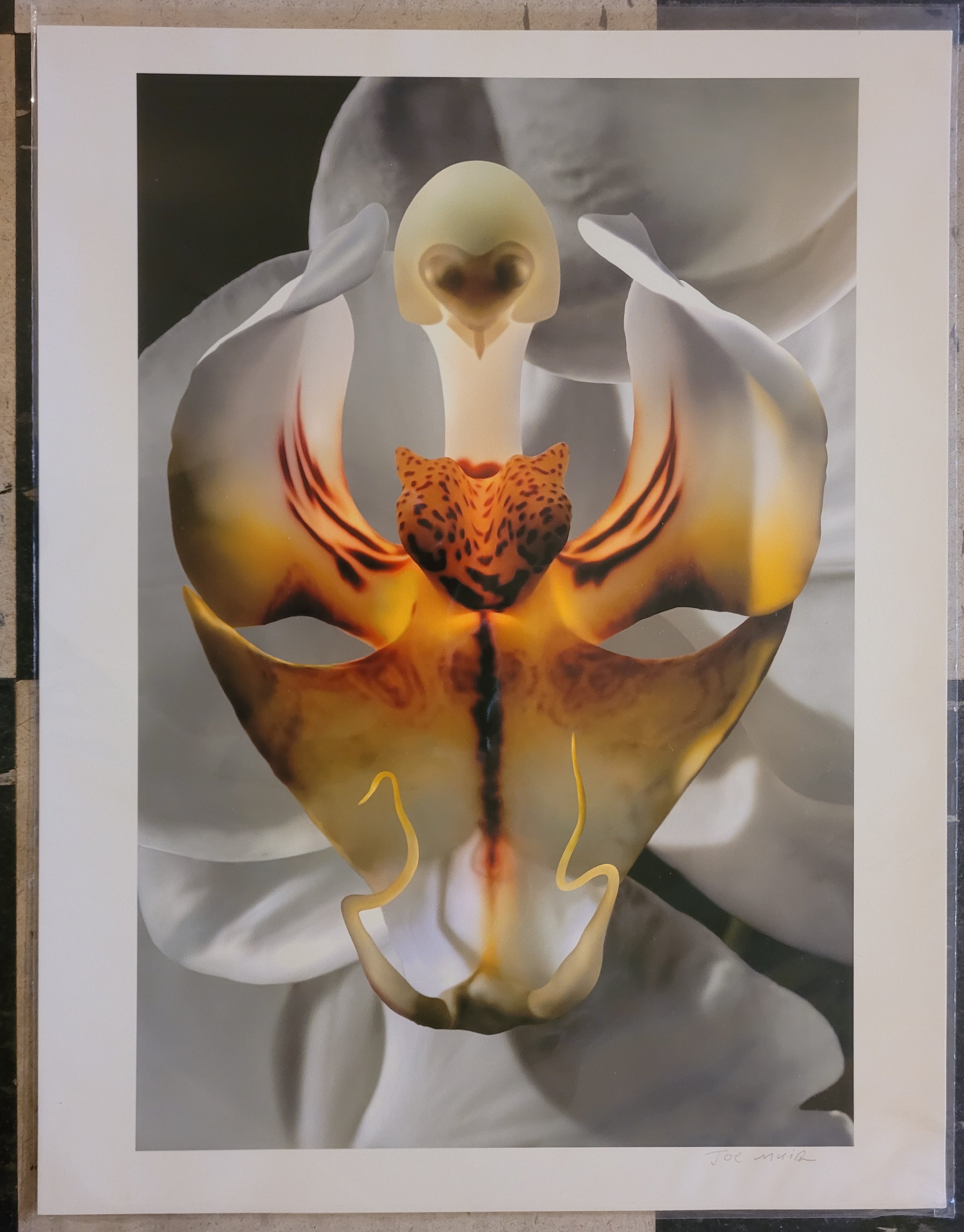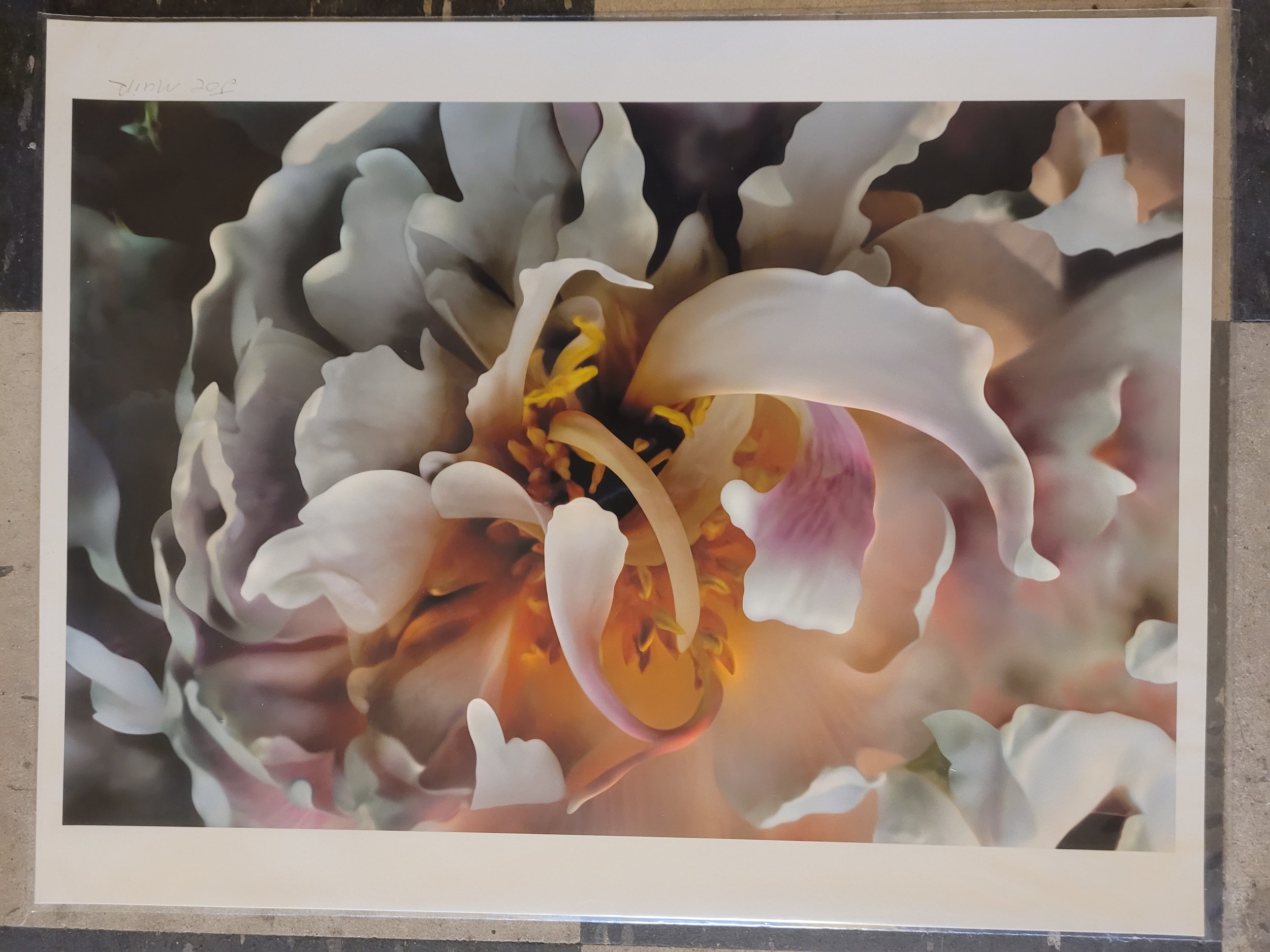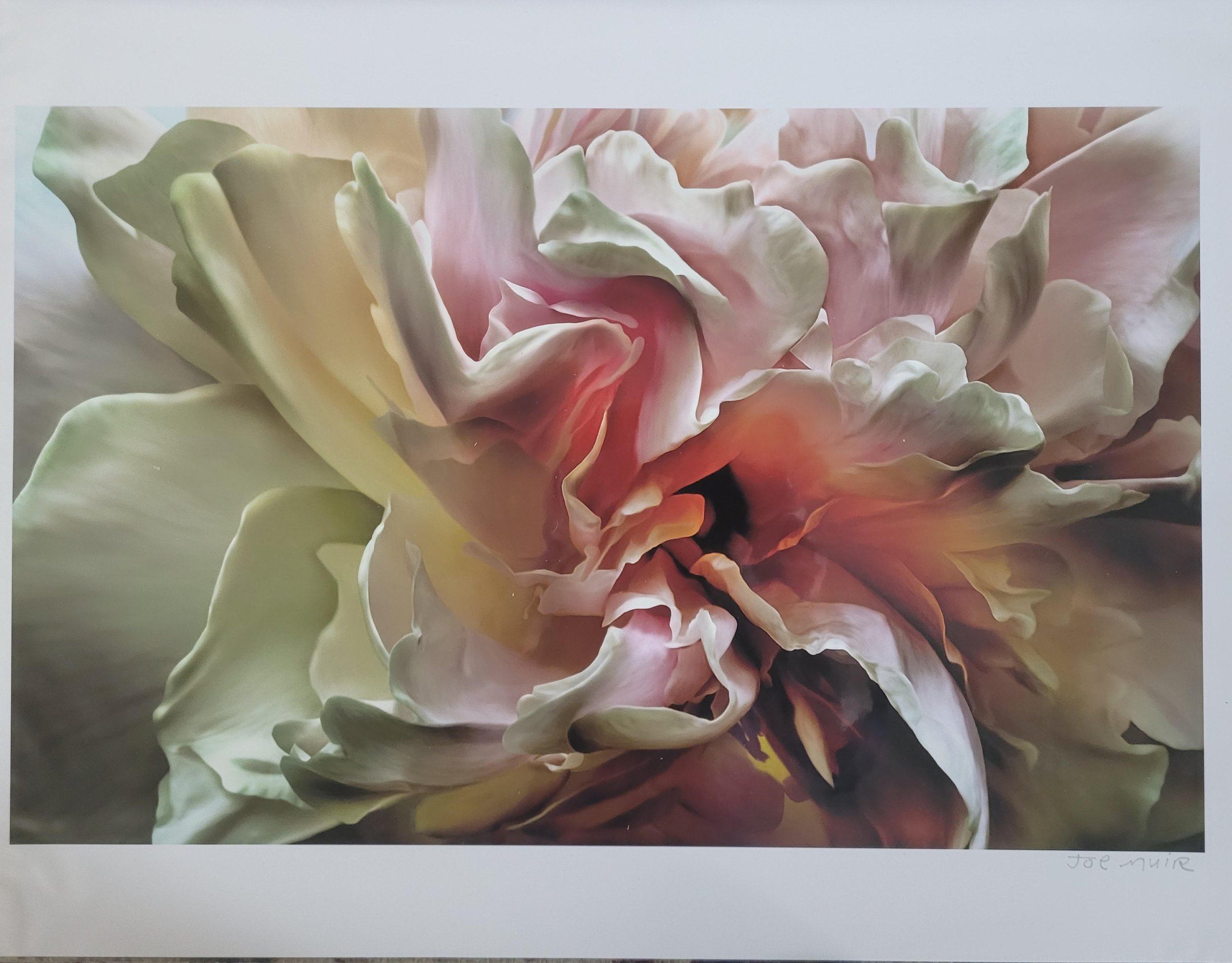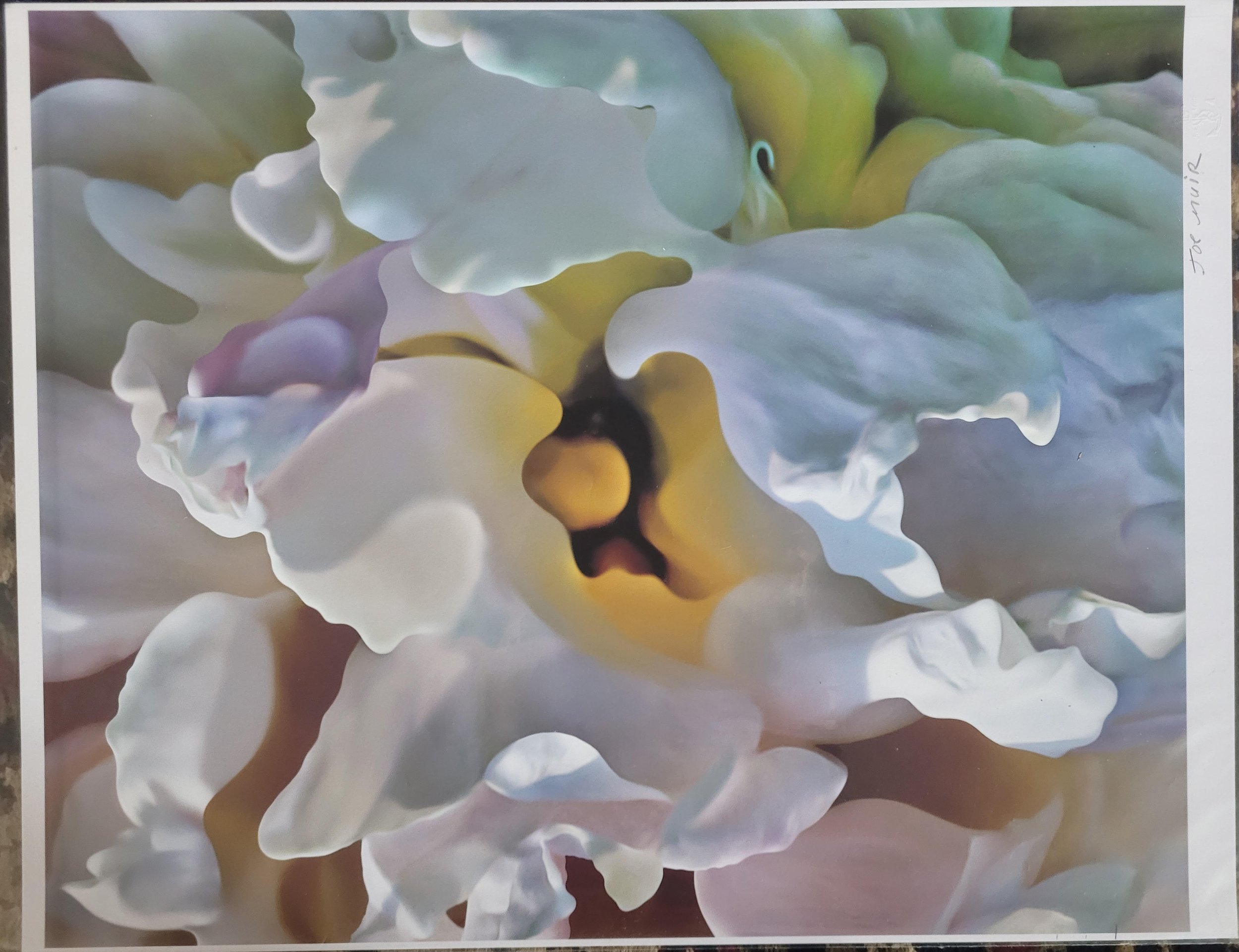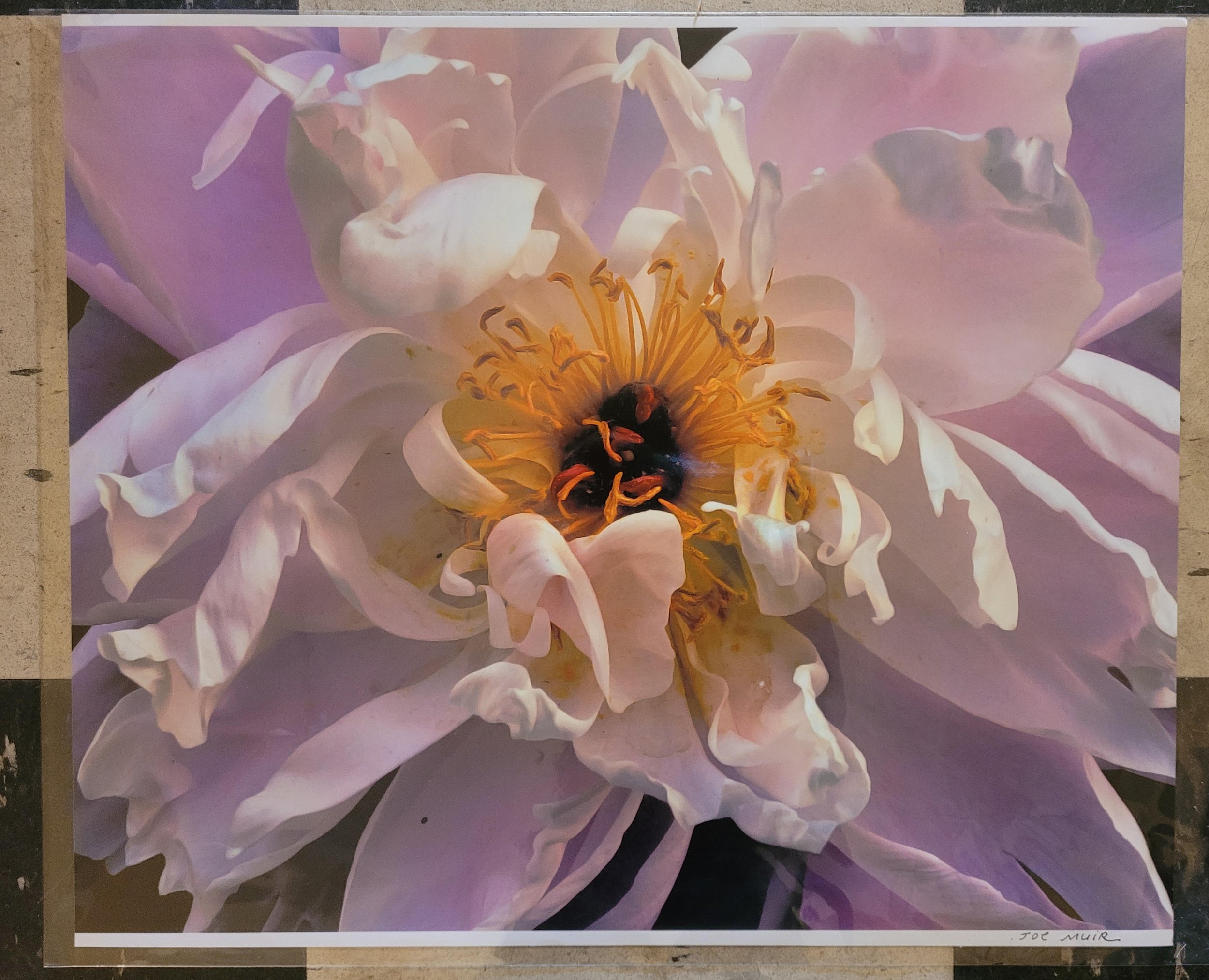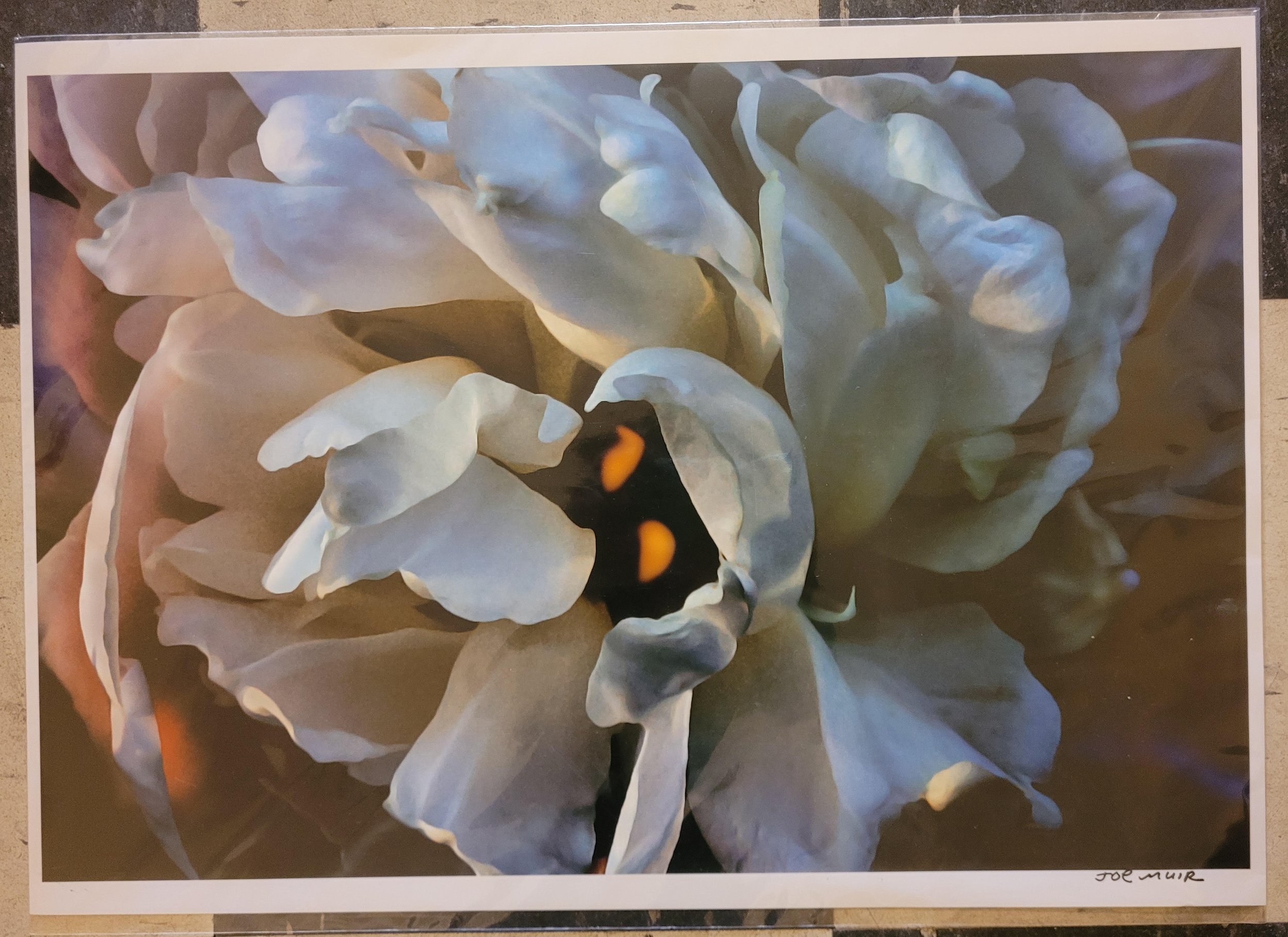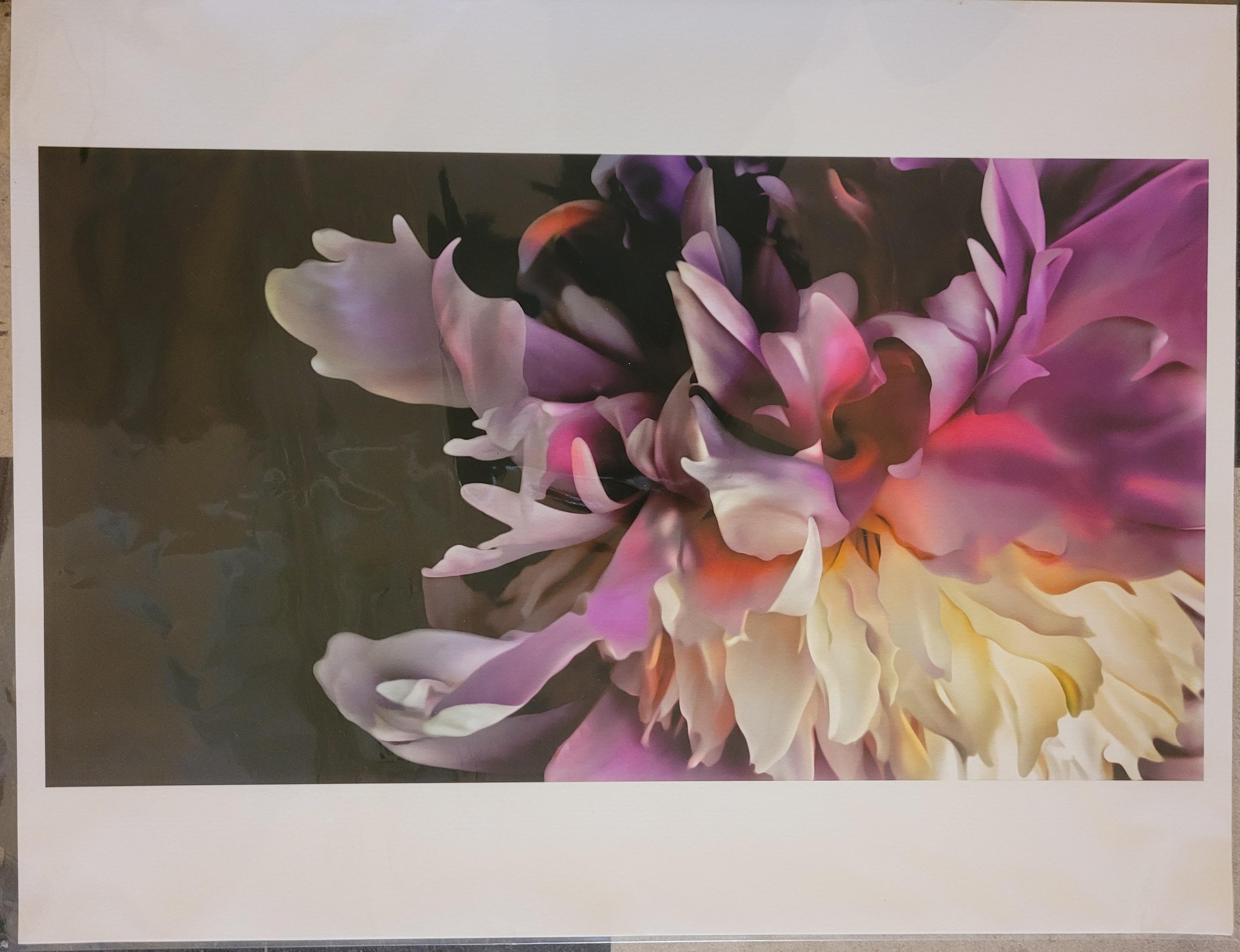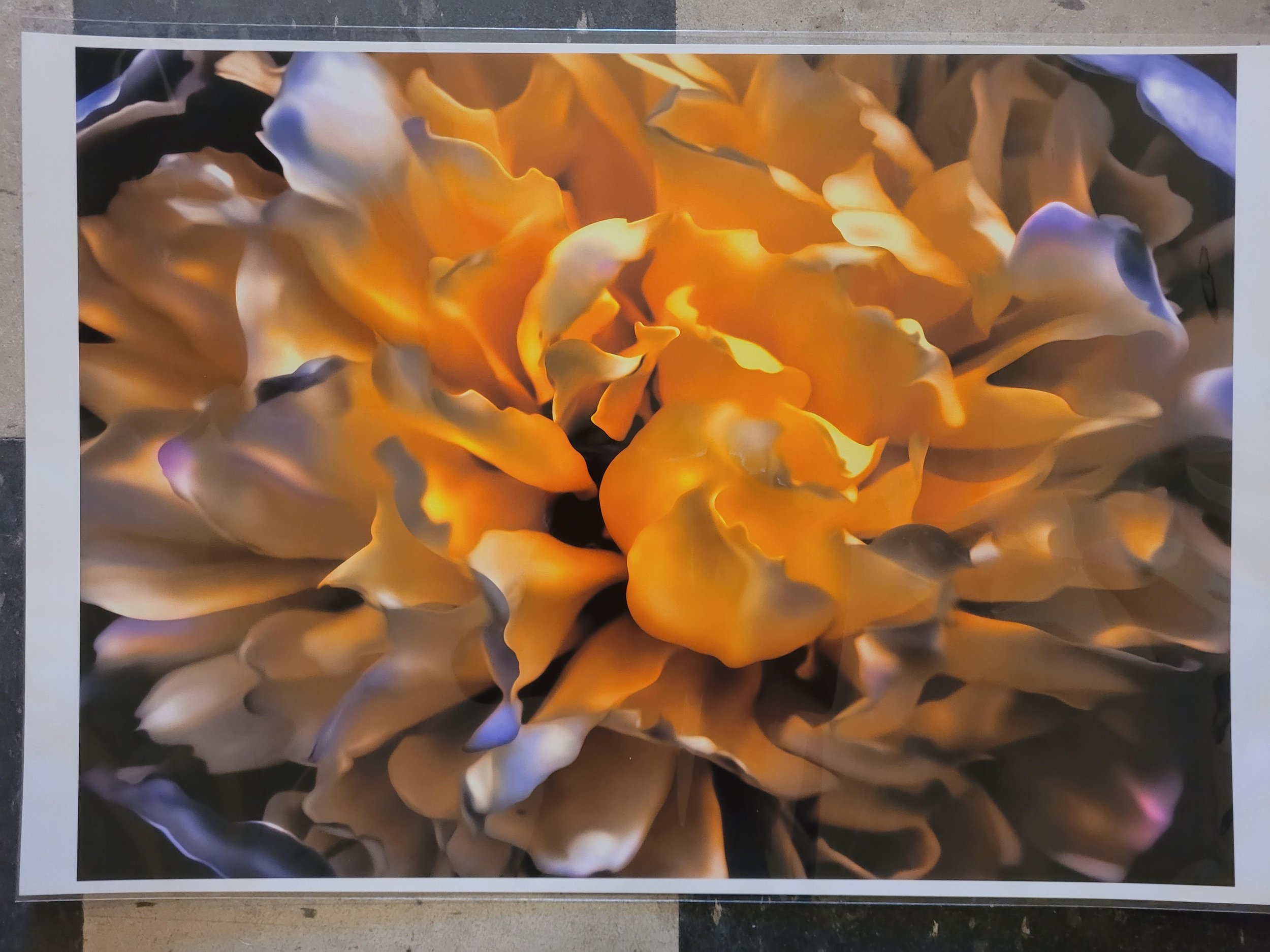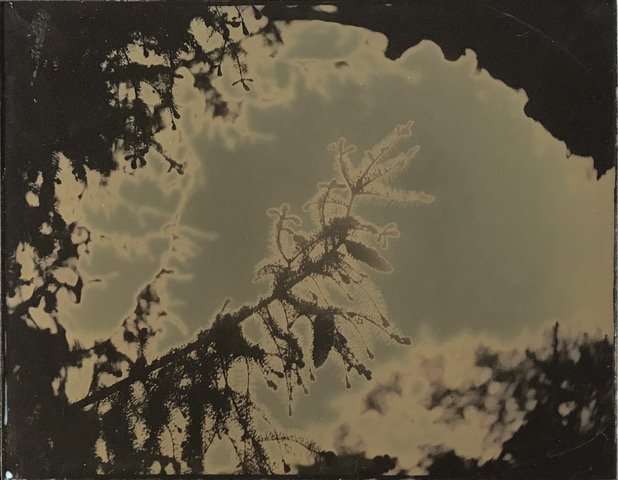TRADITIONAL PAINTING GENRES IN PHOTOGRAPHY; A HOLIDAY EXHIBITION
DECEMBER 8, 2023 - JANUARY 30, 2024
OPENING RECEPTION, FRIDAY, DECEMBER 8, 5 - 7 PM
Artist Talks:
December 15, 5-8pm, Dave Wade, Tillman Crane & Christine Higgins
January 12, 5-8pm, Caroline Savage
This exhibition explores the themes of portraits, still life, interiors, sea scapes, landscapes and collage. Our artists are making works with antique and contemporary processes and they display a mastery of craftsmanship. Also available are selected works (both famous and obscure) from our secondary market collection. All photographs are for sale and support our operating costs. In lieu of your MMPA donation this year, why not take home or give a piece of art that you can truly enjoy? – Director, Denise Froehlich
George Daniell, (American, 1911 -2002) Sofia Loren, Rome, 1954, Silver print, 11 x 14 inches, $1,500.
Featured Artists:
DAVE WADE
BERENICE ABBOTT
LYNN KARLIN
ANSEL ADAMS
TILLMAN CRANE
GEORGE DANIELL
MARCY JURAN
EUGENE ATGET
JOYCE TENNESON
JOE MUIR
JOHN SEXTON
CHRISTINE HIGGINS
LINDA CONNOR
COLE CASWELL
MORLEY BAER
CAROLINE SAVAGE
MICHAEL SMITH
EUGENE COLE
ALAN ROSS
CLAIRE SEIDL
FAY GODWIN
JOHN WOODRUFF
FRED PICKER
IAN TRASK
OSVALDO SALAS
CAROL EISENBERG
Dave Wade
Dave Wade, SS # 6, From Time Signature portfolio, 1/5, 2020, Inkjet print, 24 x 36 inches, $950.
The camera serves as an elegant time machine. It can preserve a fleeting moment or reveal a slow seismic shift of time. By focusing light through a small aperture onto a sensitive plate, the camera is like an hourglass that measures time by allowing grains of sand to pass through a narrow bottleneck.
I look at the beach as a laboratory, a tabla rasa where Nature is writ large. It is a boundary zone, a liminal space where the traces of celestial forces are evident in the ebb and flow of tides, a space that is neither land nor sea, a zone of in-betweenness.
Inventor William Henry Fox Talbot named the first photography book The Pencil of Nature, “Where the images were impressed by the agency of Light alone”. In my Time Signature series, nothing is arranged, and the only human intervention is that of the accidental witness. I try to share the slow, universal rhythm of time, and to communicate the mystery of the moment on the threshold of either what is about to happen or about to pass. Each photograph represents a unique portrait of time as drawn by the forces of wind and waves, a place of becoming and un-becoming that appears and then vanishes again endlessly.
Photography for me is a form of meditation in action, a metaphorical quest to stand in the Presence. I see my Time Signature series as an exercise in self-less discovery, a journey with no beginning and no end, where Eternity and the Now become one and the same. Every image is different, yet all the same, where the only constant is change itself.
My goal as an artist is to free the psyche and re-invent the dream. I want my photographs to inspire and communicate a fresh sense of wonder. DW
Carol Eisenberg
Carol Eisenberg, Undercurrents #17, 2021, Digital print on Hahnemuhle metallic paper, 22.5 x 30 inches, $2,350.
Carol Eisenberg, Undercurrents #8, 1/10, Digital print on Hahnemuhle metallic paper, 30 x 22.5 inches, $2,350.
Although they read as paintings, these lushly colored photographic images of trees, flowers and birds are digitally ‘’constructed’’ by means of various blending, erasing and transforming techniques. They are further altered by modifications to hue and saturation … and by the insertion of appropriated imagery, gestural strokes or other marks. All of the imagery has been exclusively created and arranged by the artist.The images are slyly subversive in that although they depict nature, which connotes ‘’beauty,’’ they are replete with urban components in the form of paint, plaster, dirt, words, graffiti or other elements transposed from city walls and sidewalks. The scarred surfaces speak to Carol’s lifelong struggle against feelings of helplessness in the face of injustice, her drive to rebel. CE
fred picker
Fred Picker (1927- 2002) East Brookfield VT, 1976, Silver print, 7.5 x 9.5 inches, $250.
Fred Picker, a renowned figure in photography, writing, and education, was a passionate advocate for civil liberties and environmental causes. His deep affection for photography catapulted him to fame through the publication of several successful books and videos, such as The Zone VI Workshop, Rapa Nui: Easter Island, The Fine Print, and An Iceland Portfolio. Fred Picker's legacy is that of an exceptional photography teacher, making the craft accessible to all, all the while maintaining a strong focus on the artistic aspect of the medium.
Linda Connor
Linda Connor, Maui, 1978, Silver print, 9.5 x 7.5 inches, $3000.
Linda Connor, (1944 - ) an American photographer based in San Francisco, is renowned for her landscape photography. Over her career, she has captured diverse landscapes in numerous countries like India, Mexico, Thailand, Ireland, Peru, and Nepal. Additionally, she has been a professor in the Photography Department at the San Francisco Art Institute since 1969 and served on the board of Friends of Photography from 1985 to 1999. In 1999, she founded and became the president of Photo Alliance.
Ian Trask
Ian Trask, Attack of the Holy Spirit, 2022, 35mm slide collage in vintage slide viewer with shelf, 7 x 7 inches, $500.
The works in Ian Trask’s Strange Histories series combine found 35mm photography, analog collage, and assemblage sculpture to create imaginative double-exposures that transcend the boundaries of time and experience. The photocollages, which are presented in vintage slide viewers, are created by overlaying two 35mm slides which have been meticulously selected from the artist’s massive 30,000 slide collection. It’s a slow process that relies on trial and error and serendipity. From the chaos emerges surreal visual juxtapositions informed by a confluence of memory, beliefs, feelings, current events, hopes, fears, and humor.
Tillman Crane
Tillman Crane, Coming Attraction, 1/1, ME, 2021, Platinum print, 36 x 25 inches, $12,000
Observing the marks of time and the elements on both natural and manmade environments is my passion. Capturing the fragile beauty of these forces in my photographs is my poetry without words. I have made platinum/palladium prints for over 30 of my 45 years as a working photographer. My recent work, printed at 30 x 45 inches is offered only as an edition of one. TC
George Daniell
George Daniell, John Marin painting, 1956, Silver print, In two sizes, 10 x 8 inches and 24 x 20 inches, $1,500 and $2,100
George Daniell (1911 - 2002) was an American portrait photographer and artist who started his photographic journey with a Kodak camera in Yonkers, NY. He transitioned into freelance photography in New York City, contributing to publications like Life, Time, and Esquire, and gaining recognition for his remarkable portraits of artists, writers, and actors, many of whom were his friends. His work predominantly focused on the human figure and was known for its humor and warmth. Later in life, he retired to Maine and, after a stroke in 1988, transitioned to painting, aiming to complete one artwork per day. He lived a full life, reaching the age of ninety-one, leaving behind a remarkable collection of sophisticated images that provide insights into the twentieth century.
John Woodruff
John Woodruff, Culture Lux 53, 2023, 1/10, Inkjet print, 23 x 40 inches, $1,800.
“Photographic artists are reconsidering the potential with a shift to making rather than taking photographs. By using vintage and contemporary photographs as a starting point artists create physically layered works of art that result in an object, often in reaction to the flood of ubiquitous imagery that digital and cell phone technology has afforded.”
– Aline Smithson, editor, educator and interdisciplinary artist
John Woodruff’s newest series creates a world of fragmented images that challenges the notion of what a photograph ought to be. We are immersed in images that come at us from all directions, and virtually all of them have no significance with one another. They are in essence a stream of disparate consciousness. Our experience is what makes sense of them as they vie for our attention attempting to teach us, lie to us, excite us, provide or deny clarity and create vicarious realities which dubiously attempt to define our world.
John Sexton
John Sexton, Merced River and Forest, 1983, Gelatin silver print, 11x14 inches, signed, $1,500
John Sexton (1953- ) is a prominent American fine art photographer known for his expertise in black and white traditional analog photography. He had the privilege of working alongside renowned photographer Ansel Adams from 1979 to 1984, initially as a Technical and Photographic Assistant and later as a Technical Consultant, continuing to contribute to the Ansel Adams Publishing Rights Trust after Adams' passing. Sexton is an accomplished educator, having conducted photographic workshops alongside his wife Anne Larsen, a talented photographer, and co-directing the Owens Valley Photography Workshops with fellow directors Bruce Barnbaum and Ray McSavaney. He has also lectured at various museums and universities, with his work featured in numerous permanent collections and exhibitions while being the focus of numerous articles in the photographic world.
Caroline Savage
Caroline Savage, The Trees are Dreaming Memories, Autumn Frolic, 1/3, 2023, Inkjet print, 46.5 x 37.5 inches, $1,450.
I construct these photographs as site-specific investigations of our living and breathing natural reality, the Maine forests. I explore the relationship between the camera lens, shutter speed, light, space and time, making the process of capturing an image frozen into a moment that disrupts our perception of reality. I reconfigure the present moment by moving in space (walking, running, driving) while the camera is simultaneously panning across landscape. This alters the shot so the movement is visible as a layered, volatile, unique, joyous experience. This approach is indebted and inspired by the words of Richard Feynman’s to feel the “Kick of Discovery” as the joy of seeing and Robert Irwin’s advice that “Seeing is forgetting the name of what we see.” CE
Caroline Savage, The Sky is Dreaming, 2023, Hybrid digital cyanotype, 2.5 square, $45
Eugene Atget
Eugene Atget, The Ragpickers, 1912, Silver print, 10 x 8 inches, $2,500.
Eugene Atget (1857 - 1927) was a French pioneer of documentary photography most known for his images of Paris streets and architecture. He documented the city before its modernization during the industrial revolution. Berenice Abbott famously brought his work to the US, reprinted works and donated a collection to the Museum of Modern Art.
Cole Caswell
Cole Caswell, Plate # 027, Pecos NM, From the Drifter portfolio, 1/5, 2018, Made from 8 x 10 inch glass negatives contact print on 8 x 10 gelatin paper, $400 each, Grid installation of 25 prints shot on various US rivers, $
Drifter explores the visual reflections and aberration of light, water, and climate. These conditions of place are relied on for survival. Water is a pressing component of our contemporary lives, from toxic drinking water to floods and drought, water has become an icon of our changing climate. The effects that our environment has on our ability to live in a place is a relevant issue to survival. This past spring, I explored a number of major American rivers. Using the wet plate collodion process to create glass negatives I worked to exploit the processes revealing the merging of water, light, and environment in an abstract and enigmatic manor. The images pose visual questions about the transient nature of water and light, two key aspects of our planet that support life. As parts of Texas flooded – parts of New Mexico dried up. Observing this dynamic situation, I became interested in the basic components needed to live. –Cole Caswell
Cole Caswell, Drifter grid, 2018, Made from 8 x 10 inch glass negatives contact print on 8 x 10 gelatin paper, $400 each, Grid installation of 25 prints shot on various US rivers, $10,000.
Cole Caswell researches the remnants and patterns in our landscape that reflect contemporary strategies of survival. Through strata of observation, technology, subjectivity, and his surroundings, Caswell investigates geography and its impact on our perceived ability to survive. He uses traditional, historic and digital photographic media—including tintypes, environmental data sets, and augmented sampling procedures—to investigate our present condition. Cole received an interdisciplinary M.F.A. from the Maine College of Art, and has been working, living and traveling throughout the county in a nomadic format. At the present he is exploring one’s ability to subsist within our contemporary environment, while furthering his inquirers into emergent and experimental photographic processes, perspectives, and applications. His studio is located on Peaks Island off the coast of Maine.
Morley Baer
Morley Baer, Winter Surf, Garrapata, CA, 1966, Silver print, 9.5 x 7.5 inches, $700.
Morley Baer (1916 - 1995) was an American photographer and teacher, renowned for his contributions to architectural and landscape photography. Born in Toledo, Ohio, he initially learned commercial photography in Chicago and later refined his skills as a combat photographer during World War II. Following his military service, Baer became a prominent architectural photographer, working with distinguished architects in post-war Central California. In the 1970s, his friendship with Edward Weston led him to focus on personal landscape photography. During the latter part of the 20th century, he became a sought-after instructor, teaching the art of landscape photography in various colleges and workshops, while leaving a lasting legacy through his striking photographs of San Francisco's Victorian houses, California buildings, and natural landscapes.
Lynn Karlin
Lynn Karlin, Towering Oyster Mushroom, 2019, Pigment print, 16 x 10.5 inches, $600.
Still Life will forever exist as a genre for photographers, always evolving in different and new forms, as it has since classical antiquity and the Middle Ages. For me these vegetables evoke through beauty that is also sustenance, a sense of connec8veness to our own self-image and self-esteem. The Chinese cabbage with its purple, aged leaves draped over a pedestal, the radicchio disrobing and the sensuous pear all remind us that beauty is ephemeral, beauty has many layers and beauty is indeed in the eye of the beholder. LK
Fay Godwin
Fay Godwin, Stones of Stenness, 1977, Silver print, 7 x 7 inches, $750.00
Fay Godwin (1931- 2005) was a renowned British photographer celebrated for her black-and-white landscapes of the British countryside and coastline. Her interest in photography began in the 1960s, initially capturing her children, but she soon delved into creating intricate landscape images, often collaborating with writers to explore rural themes. While her work could be associated with the romantic tradition of British landscape photography, akin to Bill Brandt or Edwin Smith, Godwin's socialist and environmentalist convictions led her to infuse her photographs with the historical traces of human presence and intervention on the land, providing a unique perspective on her subjects.
Christine Higgins
Christine Higgins, The Secret Garden, 2/4, 2023, 26.5 x 20.38 inches, $850.
Color, pattern, light, and movement are found in my work. I am drawn to contrast and juxtaposition – the presence of fragility and strength. Water wearing down the hardness of rock, moss clinging to untenable surfaces, the abandoned and forgotten, growth despite adversity. Present are layered elements of time in what has come before, vestigial traces of history portraying past evidence in the present. I look to the sublime in the sometimes over-looked ordinary. CH
Michael A. Smith
Michael A. Smith, (1942 - 2018) Cedar Breaks, Utah, 1975, 7.5 x 9.5 inches, $2000.
Michael A. Smith, an American photographer with a career spanning since 1966, gained acclaim for his contact prints of expansive landscape photography, captured primarily with 8x10-inch or larger cameras from 1967 onwards. His work is prominently featured in 140 art museums across the globe, and he has authored seven books showcasing his photographs. Beyond his artistic contributions, Smith played a vital role in preserving and nurturing the traditional craft of photography, making him a distinctive figure in the world of fine-art photography.
Claire Seidl
Claire Seidl, Computer Light, window, 2023, Silver print, 36 x 36 inches, $4000. Each
The photograph, Apple of My Eye is a long exposure, shot on medium-format film. The negative was scanned into a computer to enlarge it and create a large digital print. The light sources in the picture are a lightbulb in the hall on the left, ambient light from a TV set on the right and mainly light from a computer, in the center held by the figure as they worked, moved around, got up and sat back down again. The camera was outside the window, looking in, on a tripod for about fifteen minutes.
Overheard is one of an ongoing series of dinner party photographs that I began twenty years ago. Again, it is a long exposure, probably twenty minutes, shot on film that I developed in the darkroom and then scanned into the computer. The light sources are candles (no electricity) and some small amount of night skylight, outside. These photographs poignantly show our ephemeral nature as we gather and talk and eat. The people gathered are not in focus – they stand in for all of us. In contrast, the things on the table and around the porch appear permanent and fixed in time.
In an Hour or Two is the result of my continually wandering around, outside and inside, especially when the moon is full, seeing everything differently and choosing what to shoot. Here, the shot (on film) lasted for half an hour, while moonlight rakes in from a dormer window on the left that faces west. It would be dawn in a couple of hours. The chair seems to be waiting for someone or might be a stand-in for someone who is waiting. The process of making this photograph is the same as Apple of My Eye and Overheard. CS
Osualdo Salas
Osualdo Salas, New York (Fidel Castro), 1955, Limited edition, 12.5 x 16.5 inches, $800.
Osualdo Salas, Fidel Castro, NYC, 1959, 12.5 x 17.5 inches, $800.
Osualdo Salas (1914 - 1992) is a Cuban-American photographer, remembered for his famous images of Ernest Hemingway and Fidel Castro in Cuba circa 1960.
Marcy Juran
Marcy Juran, Montauk Corn, 2022, Archival pigment print with hand coloring, 13 x 19 inches, $1,500
In the botanical kingdom, flowers and trees usually are showered with attention - countless images of various species have been photographed and painted over centuries, poems written, music composed. For the most part, the vegetable kingdom, and often the fruits, have been mostly overlooked… at best, often footnotes in a still life, or an afterthought in a historic tableaux.
In “Humble Beauty”, I focus on these oft neglected species, which I feel possess unique visual qualities. I emphasize their colors and forms - the brooding dark heart of the purple cabbage, almost celestial in its rich purple depth with glimmers of iridescence in its outer leaves. The brilliance of the cherry red radishes rivals many of the reds of the rose garden, glowing in the dirt from which they are plucked. And the dusky skin of the blueberry, kissed by a blush of purple, is topped by a delicate crown. With these hand-colored photographs, I seek to elevate and celebrate these species, and call attention to their abundance of rich forms and color. MJ
Berenice Abbott
Berenice Abbott, Texaco Station, 1935, Silver print, 14 x 11 inches, $14,000
Berenice Abbott, n.t., (Post office interior), n.d., 11.5 x 16.5 inches, (rare size and subject) $16,000.
Berenice Abbott (1898 - 1991) American photographer best known for her 20th century portraits, 1930 images of NYC, and 1940-1960 science interpretations. She studied under Man Ray and exhibited with Alfred Stieglitz. In her striking black-and-white photographs, Berenice Abbott captured the urban landscapes and citizens of early 20th-century cities. Influenced by Eugene Atget methodical documentation of a modernizing Paris in the 1920s, Abbott is best known for her photographs of New York City, which she captured from both high bird’s-eye angles and low street-level viewpoints. Throughout the 1930s, the artist captured the city’s transition to modernity, particularly in her seminal series “Changing New York” (1935–39), which she shot for the federal Works Progress Administration. Abbott’s frames belong in the collections of the Museum of the city of New York, the Smithsonian American Art Museum, and the Minneapolis Institute of Art, among other institutions. They have sold for up to six figures on the secondary market.
Joe Muir
Joe Muir, # 1, 2, 3, 4,5, 8, From the Flower portfolio, 1/3, 2015-2020, Inkjet prints, 16 x 20 inches, $950. each (framed)
Joseph Muir has a generational relationship with photography. Joe’s Father, Thomas F Muir was a professional photographer in New York City and Goshen Indiana. He taught Joe about photography and darkroom art and technique. Joe’s mother Bonnie Yoder and her identical twin sister Betty Yoder lived in Greenwich Village in the 1940’s where they were part of the arts and literary community of the day including Berenice Abbott , Patricia High-smith, Margot Tomes, Leonard Bernstein to name a few. Bonnie's personal photos include their visits to Fire Island. The petite blonde twins were quite a force of nature, sharp and witty, Bonnie was inclined to marry and have children, Betty however preferred the company of women, even though in order exist in society she married and took the name Betty Tee Main she became the life partner of Margot Tomes.It was there Joe’s father and mother met and were engaged. They moved to Goshen Indiana to raise their family.
Joe was recommended as a printer by Betty when he was in his 20’s, he drove from Indiana to remote Monson Maine to meet her. To test his skills she sent him to the darkroom to print New York at Night. He brought the print to her at dinnertime and she was momentarily speechless.He printed for her for a year and a half before the isolation became too much and he left to pursue a successful music career, notably touring with Maine’s master folk songwriter and musician, David Mallett. While working for Abbott, Joe was exposed to and inspired by many photographers, influencing his own photography and artwork. He came to realize that one could make a living printing photographs!
Once he settled down in Portland in the late1970’s he opened his own business, The Black and White Image on Elm Street near the Public Library When the public market moved the business to forest avenue in the late 9o’s.He specialized in professional and fine art printing and photo restoration. Called a “master printer” by many he produced every image with relentless inventive skill regardless of who he printed for. He printed exhibition photographs for Todd Webb, George Daniell, Harold Feinstein, Judy Glickman Lauder, Jack Montgomery and many more.
In all ways an artist, he continually developed his own unique vision. His mastery in the darkroom, experience in airbrush, watercolor, oils, hand coloring and retouching photographs have informed his and inspired his extravagant artistry in the digital realm. His work is represented in galleries, private collections, the New York Public Library and the Jewish Museum NYC. - Jan Pieter van Voorst van Beest
Ansel Adams
Ansel Adams, Yosemite Falls Spring, 1983, Silver print, 9.5 x 7.5 inches, $1,475.00
Ansel Adams (1902 - 1984) was a renowned American landscape photographer and environmentalist celebrated for his striking black-and-white photographs of the American West. His lifelong dedication to environmental conservation began when he received his first camera at age 12 during a visit to Yosemite National Park. Adams collaborated with the U.S. Department of the Interior to capture national parks, expanding the National Park system and earning the Presidential Medal of Freedom in 1980. He played a pivotal role in establishing photography's institutional presence, advising on the Museum of Modern Art's photography department, staging its inaugural exhibition, co-founding Aperture magazine, and establishing the Center for Creative Photography at the University of Arizona.
Alan Ross
Alan Ross, Jackson Lake Clouds, 1975, Silver print, 10 x 13 inches, $750.
Alan Ross (1948 - ) is a globally recognized expert in the field of photography and an accomplished educator who collaborated closely with Ansel Adams as his photographic assistant. His understanding of Adams' methods and techniques is unrivaled in the contemporary photography world. As an artist, Ross is renowned for his masterful black-and-white photographs capturing the beauty of the American west. His work is showcased in collections and galleries worldwide. Additionally, in his role as a photography educator, he excels in guiding photographers of all skill levels and utilizing various formats and styles to help them discover and articulate their unique photographic visions.
Eugene Cole
Eugene Cole, Echinacea Study 1 and 2, 1/1, 2023, Ambrotypes, 20 x 24 inches, $6000. each
In my exploration of the ambrotype medium, a unique form of image creation through the wet plate collodion process, I seek to establish a connection between subject and medium. Drawing inspiration from history, I juxtapose the historical use of collodion as surgical dressing with the contemporary recognition of echinacea, a medicinal flower, linking the healing properties of both. Furthermore, I delve into the symbolic resonance of the term "ambro," meaning immortal, finding parallels in the enduring nature of pine trees, revered as symbols of immortality. Through these comparisons, my work aims to illuminate the convergence of art, history, science, and nature, inviting viewers to reflect on the thread that binds process and subject. EC










